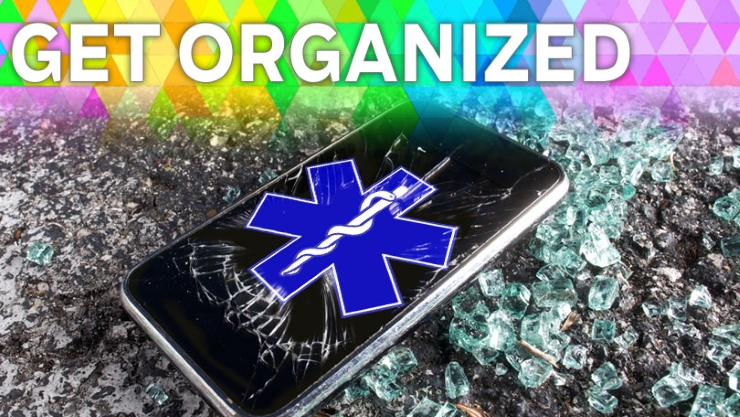Being in a serious car accident in January made me re-evaluate my strategies for how to prepare in advance for emergency situations. It also gave me the utmost respect and admiration for those first responders who catch themselves in the “right place at the right time”…and I can promise you I’ll be actively involved if I’m ever in that situation again. But coming back to the technology aspect of this post….one thing anyone with a cellphone should do in advance is set up a medical id/emergency contact for themselves on their phone, test it, and be sure you know how to use it if you have to on someone else’s phone.
PC Magazine has a great article detailing the different ways to configure this information on each of the major smartphone types: http://www.pcmag.com/article2/0,2817,2489237,00.asp. On the iPhone, there’s a feature called Medical ID that once configured, allows your emergency contact information to be easily found on the iPhone home screen by first-responders if you’re in an accident or need care and cannot provide this information yourself. You can configure this to share a lot of information, from who to contact, to medical conditions, etc., but it needs to be set up in advance. Here’s some step-by-step instructions for the iPhone (http://www.tech-recipes.com/rx/50929/how-do-i-set-medical-id-on-my-iphone-6-for-personal-emergencies/). It’s not as universal on Android phones, so if you can’t figure it out on your own from the PC Magazine article above, ask Google or a techy-friend for help. Non smartphone users, fear not! Simply saving a contact in your address book called ICE (in case of emergency) is another common way to make the information easily available.
If you’ve read this far into the article, take a moment to set this up on your phone, or check what you have set up previously. Also think about any elderly neighbors or less tech-savvy friends and family. It just might help save their life, or help get family to them quicker in an emergency.


